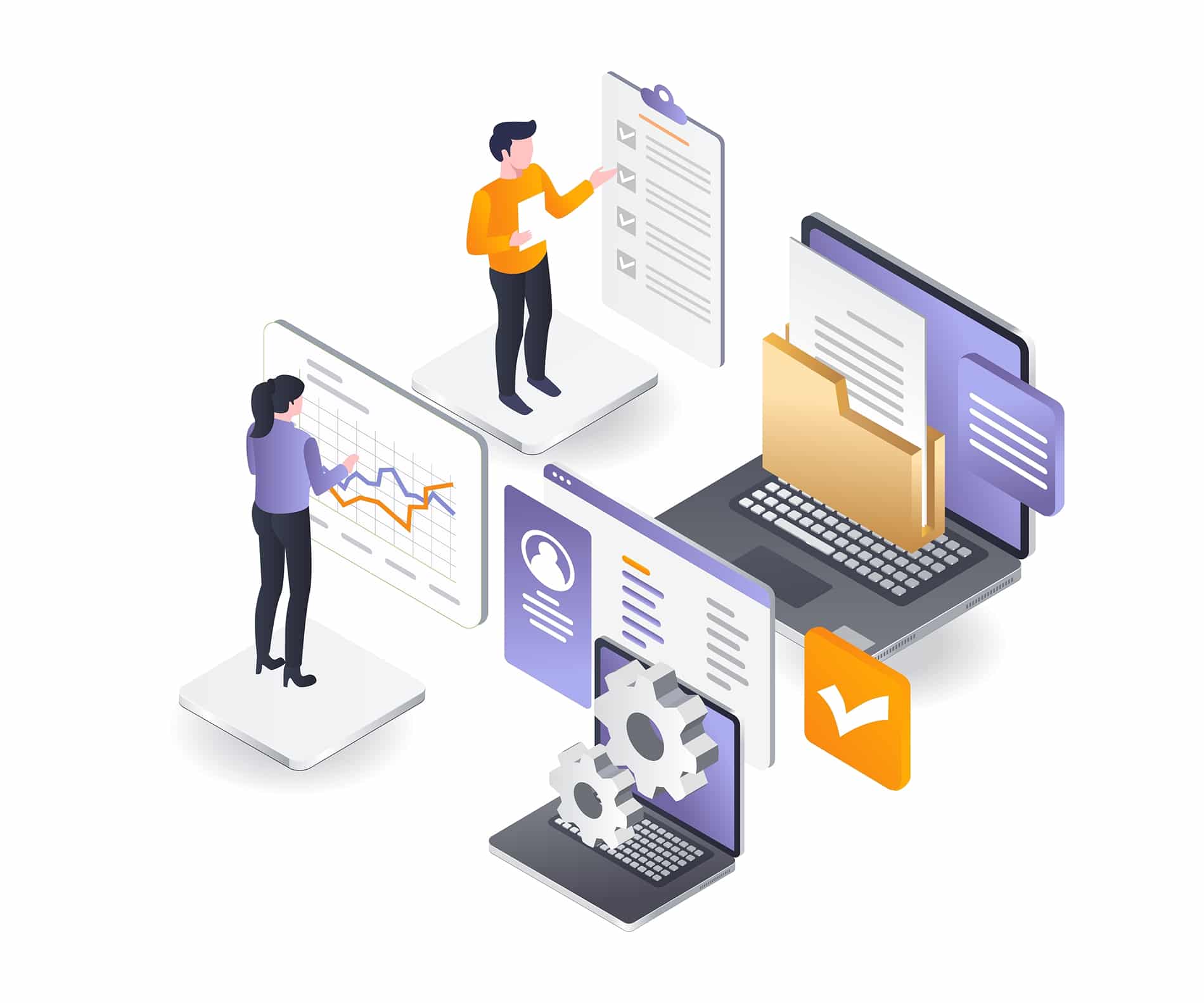The issue of resource constraints among IT professionals, no matter the industry, is very real. In fact, it’s often at the top of the list of challenges when IT leaders are surveyed. It’s no surprise IT departments are struggling with limited resources as the pressure continues to mount with a constant influx of new users (customers, employees, students, technicians, etc.) expecting a seamless technology experience as budgets continue to tighten across the board. However, there is good news for companies looking for answers – resource constraints can be largely reduced with a systematic approach to resource optimization and effectively communicating the value of IT throughout your organization.
Resource Optimization
It is no secret that principal stakeholders are rarely quick to devote additional resources to IT departments, which is why it is imperative to optimize existing resources for maximum efficiency.
I know – this is easier said than done.
Manual processes, ad-hoc reporting requests, and gaps in hand-offs are common enemies to those striving to improve productivity. With organized processes and workflows, those tasks and others that do not add value can be identified and ultimately removed. That’s why it’s imperative that the right software and foundations are in place to manage the project and service intake and delivery.
With the right tools (things like a self-service portal, knowledge base utilizing Knowledge-Centered Service strategies, ITIL best practices and a solid IT service management platform) you can cut down on the number of requests coming into your IT help desks for help, automate some of the manual, repetitive tasks that eat up the valuable time your team can spend on higher priority projects and more effectively manage projects against timelines and budgets.
Bringing it All Together ITSM + PPM on a Single Platform with Automation
There are two proven software solutions that help organizations across a wide array of industries to streamline operations and manage resources – IT Service Management (ITSM) and Project Portfolio Management (PPM). Individually, ITSM and PPM are established, relatively well-known solutions among IT pros, but the best way to maximize resource optimization includes the combination of ITSM and PPM on a single platform. This improves even more when you can use a platform that includes enterprise-level integration and automation capabilities (iPaaS).
Integrating these solutions gives you a clear view of the interdependencies between the functions of IT service delivery and IT project management. This enhanced insight coupled with systematic processes and workflows makes it possible to eliminate inefficiencies and optimize resources. Plus, with greater visibility and reliable tracking, IT teams can convey their value and communicate additional needs with clear proof points.
When you add in iPaaS (integration platform as a service) with your ITSM/PPM platform you can automate both complex and simple tasks, as well as connect disparate systems throughout your organization.
Employees no longer need to spend time on the repetitive, mundane tasks they normally have to complete before working on bigger projects – things like system name changes, resetting passwords, or granting certain permissions to software. All of these, and more, can be automated with workflows using iPaaS.
If you chose a codeless platform for this, you get the added benefit of anyone being able to use these tools – not just IT. By allowing lines of business to create their own workflows you can free up your IT resources to work on larger projects and eliminate the logjam when it comes to integrations within your organization.
Here are a few other ways iPaaS can supercharge service delivery and reduce the IT drain on an organization:
- Facilitate enterprise integration by using a single hub with pre-built connectors to systems that you use every day as well as a connector concierge for the creation of specific connectors. (Imagine being able to automatically change a username, add someone to a distribution group, or onboard an employee)
- Expedite creation of automation and workflows with a visual flow builder (codeless) that is easy to use, own and operate; allowing you to reduce IT’s backlog of integration and workflow requests.
- Optimize resources across IT to allow for improved output and a higher level of service delivery to your internal and external customers by removing redundant data entry and manual processing.
- Reduce API risk with a single connectivity platform that will offer increased oversight and control.
Communicating the Value of IT
When operations are running smoothly, employees and customers don’t typically think of how much they interact with the IT department. Unfortunately, it is when technical issues arise that IT is placed firmly in the spotlight.
The fact remains that without a strong IT division, a company can’t run efficiently. However, many IT leaders still struggle to communicate the value of IT. Insufficient performance tracking and reporting are often to blame here, and this can stem from unreliable or nonexistent data, and a lack of visibility into IT’s operations.
Communicating value to both stakeholders and the organization at large is achievable with strong reporting based on accurate data. Justifying additional headcount or budget becomes much more feasible once it is evident just how crucial IT is in driving the company’s mission forward.
For IT teams buried in ad-hoc work, ever-shifting priorities, and chaotic project management, it might be time to ask yourself if you have the right platform to move your organization forward.

